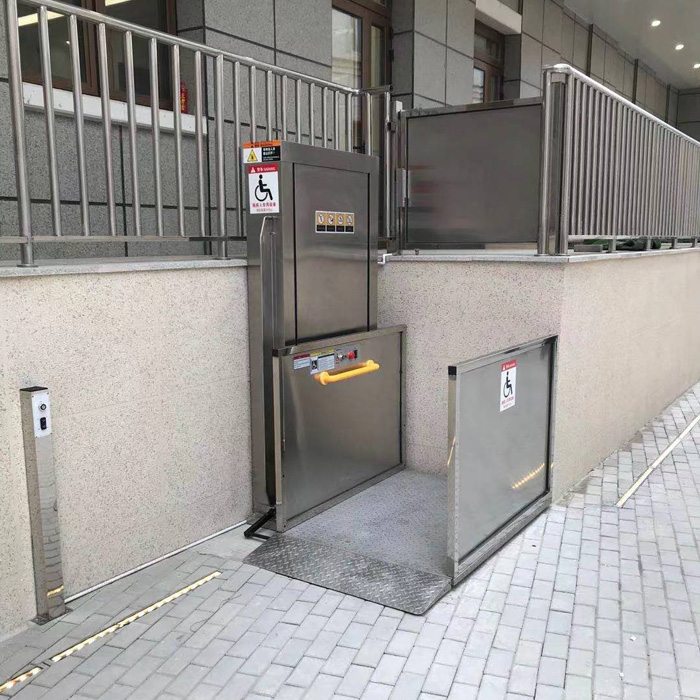
Residential wheelchair stair lifts are designed to provide individuals with mobility challenges a safe and convenient way to move between different levels of their homes. While these devices can be incredibly beneficial, some people may have concerns about their safety.
In general, residential wheelchair stair lifts are considered to be safe for use when proper installation, maintenance, and usage guidelines are followed. Here are some important factors to consider when assessing the safety of residential wheelchair stair lifts:
It is crucial that the wheelchair stair lift is installed by a certified and experienced professional to ensure it meets all safety standards and regulations. Proper installation also ensures that the device functions correctly and securely.
Regular maintenance and inspections are essential to keep the wheelchair stair lift in safe working condition. Components such as the motor, tracks, and safety sensors should be checked regularly to prevent malfunctions or accidents.
Most modern residential wheelchair stair lifts come equipped with various safety features to protect the user during operation. These may include seat belts, safety sensors to detect obstacles, emergency stop buttons, and backup power sources in case of a power outage.
It is essential for individuals using a wheelchair stair lift to receive proper training on how to operate the device safely. This includes understanding how to buckle up, how to start and stop the lift, and what to do in case of an emergency.
